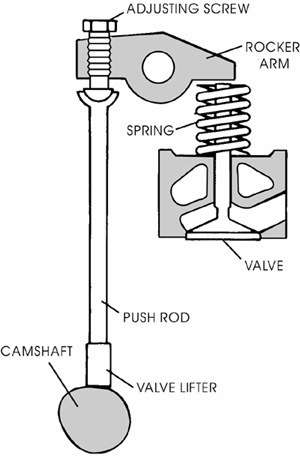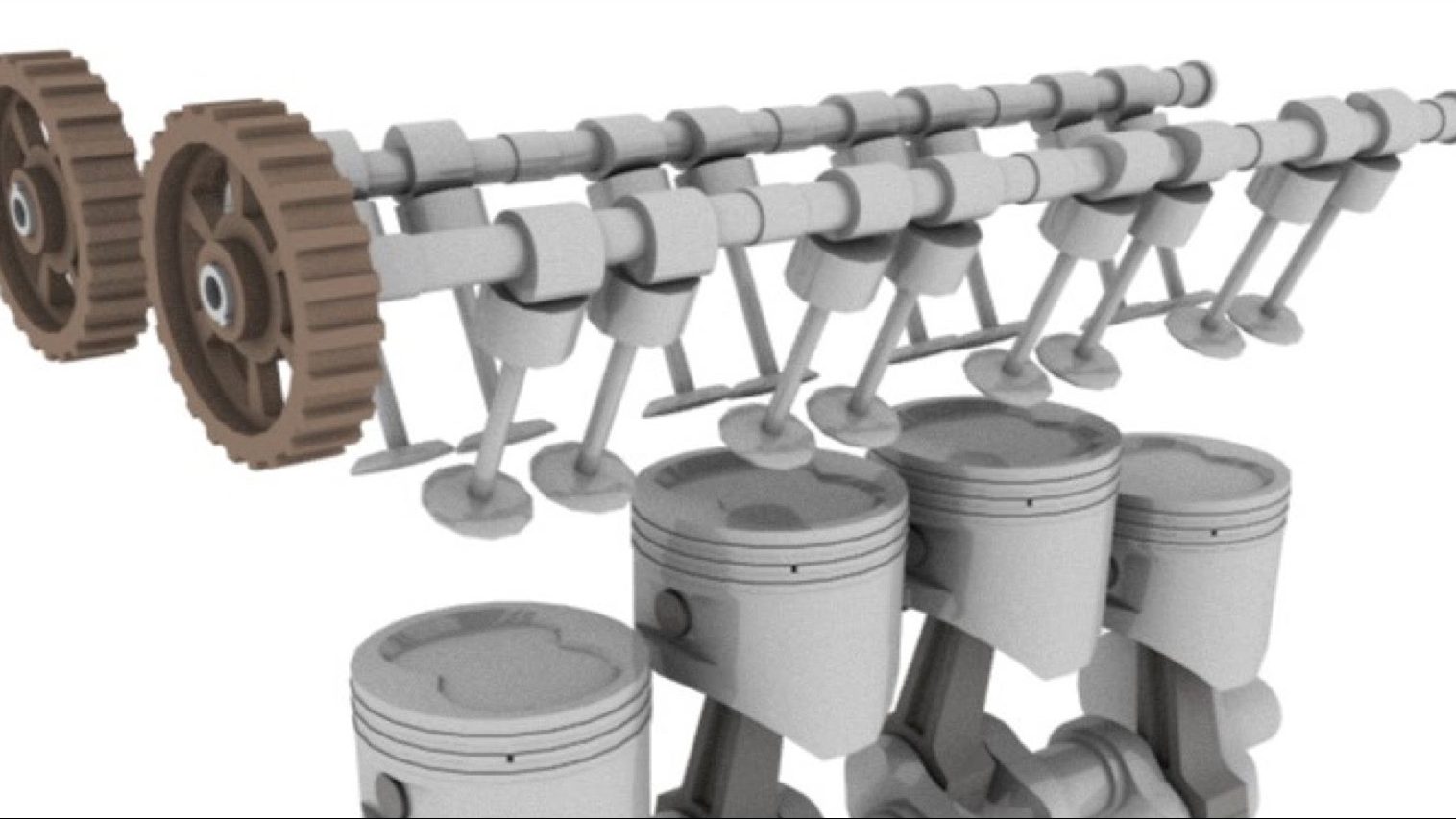Difference between Overhead Cam & Overhead Valve Engines, and Which is Better
Two terms that we frequently hear nowadays when talking about engines are OHV and OHC. OHV stands for “overhead valve,” and OHC stands for “overhead cam.” In this article, I will be explaining the difference between the two layouts and their respective pros and cons. So let’s begin.
Overhead Valve Engines:
This is one type of cylinder head layout for a piston where, as the name suggests, valves are arranged over these cylinders. These have only one cam below the cylinder head or in between the “V” of an engine which translates their motion to linear displacement of the pushrods. These, in turn, actuate rockers which redirect the motion downwards to open the valves. Mostly, but not necessarily, OHV engines have two valves per cylinder.

Overhead Cam Engines:
This is another type of cylinder head layout where instead of pushrod and rockers, the cam which actuates the valves is located directly on top of these valves. These cams rotate, and their lobes push down on these valves opening them, and closing them when the lobes swing away with the help of valve springs. The cams are coupled to the main shaft through belts or chains. Mostly there are multiple intake and exhaust valves per cylinder in an OHC engine. Hence an OHC engine does not have to “deal” with the additional weight these pushrods and rockers bring with them. This makes the engine compact in size. It is further divided into two types:
- SOHC (single overhead camshaft) – one camshaft installed in each cylinder
- DOHC (dual overhead camshaft) – two camshafts installed in each cylinder

Now that you know what these are, let’s look at the differences between the two:

Performance Comparisons of OHV and OHC Engines:
OHV engines can only operate under limited engine speeds, around 6000 RPM (it also depends on engine configuration). This is because as OHV engines contain many rotating parts, and since the push rods are long and slender, this causes the transient and inertial loads to bend or “flex” these rods, causing them to respond inefficiently to cam lobe passes and resulting in “floating” of the valves. This limits the overall operation RPM of the engine, primarily due to the weight of these parts; therefore an OHC engine will always outperform an OHV one in regards to engine speed which is vital for maximizing horsepower.
For an OHC engine, the overhead placement of the cams allows for more valves per cylinder. In an OHV engine, pushrods, and rockers get in the way so only mostly two valves per cylinder can be placed. With smaller diameters and more number of valves, the effective area increases in an OHC engine tending to more air-flow and producing a better high-end torque and horsepower. Although this looks like a fairy tale situation; it is not. Smaller diameters mean more laminar flow around these valves whereas the flow of air around larger valves for an OHV engine is turbulent. A turbulent air-flow causes a more complete mixing of the air-fuel mixture prior to combustion, and hence OHV engines offer gain in low-end torque naturally while they suffer at the top end.
Because of fewer moving parts and lesser added weight of the valve train, more power translates to the crankshaft in an OHC engine as compared to an OHV engine.
OHV engines have a lower center of gravity due to their placement and so provide a better road grip, handling, and safety in relation OHC engines.
Local Example:
- The local made Honda CG125 bike uses an OHV engine. Why is that?
The CG125 is a modified version of the original CB125 bike, but unlike itself, the CB125 has a OHC engine. But as mentioned above, OHC engines require special designs for consistent lubrication and more maintenance. Atlas Honda has been making the same OHV engine for decades now even though there is OHC 125cc unit available in international market. And for better or for worse, you can expect the same engine to remain in production for maybe another decade or so. - As opposed to CG125, the Suzuki GS150 is more inclined towards being a comfortable bike, producing a decent horsepower of approximately 12 hp. Due to its high production of power, the OHC engine used in GS150 is ideal for its application as discussed above.
Conclusion:
Keeping all the aforementioned points in mind, it is difficult to choose whether one is better over the other. The choice of the engine basically comes down to what one wants. For longer gears and lots of power, OHV engines should be used because of how efficiently they utilize low-end torque. Whereas for shorter gears and weaker motors, OHC engines should be used which make use of torque at the top end due to their ability to withstand higher revs.

